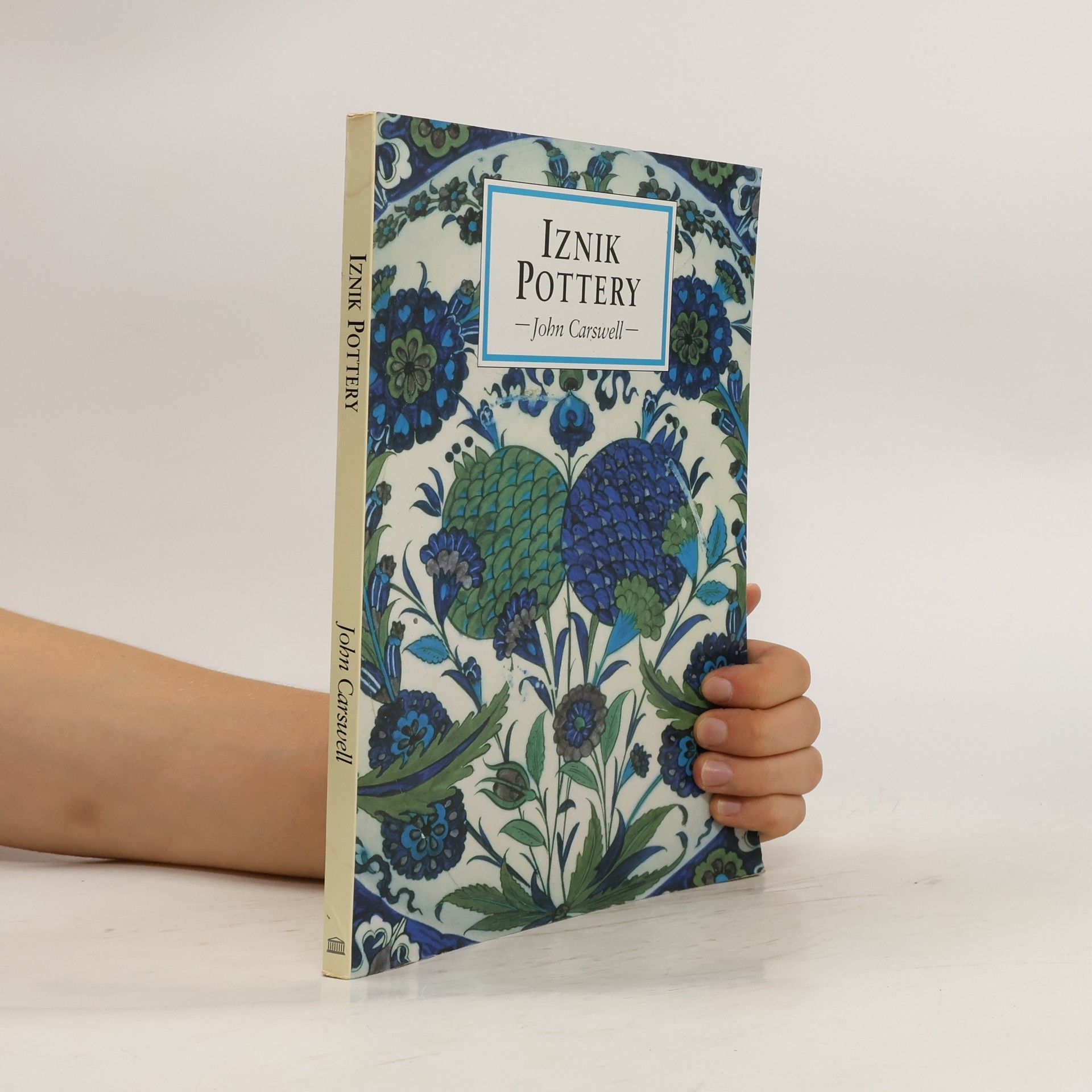This fascinating introduction tells the story of Iznik ceramics through a wealth of illustrations
John Carswell Knihy


Focusing on the transformative period from 1688 to 1776, this book explores the evolution of England, Scotland, and Wales during pivotal revolutions. It highlights how the Glorious Revolution marked the beginning of modern Britain, transitioning from a peripheral role in Europe to a dominant global influence. The narrative delves into the political, social, and cultural changes that laid the groundwork for Britain's emergence as a significant power on the world stage.